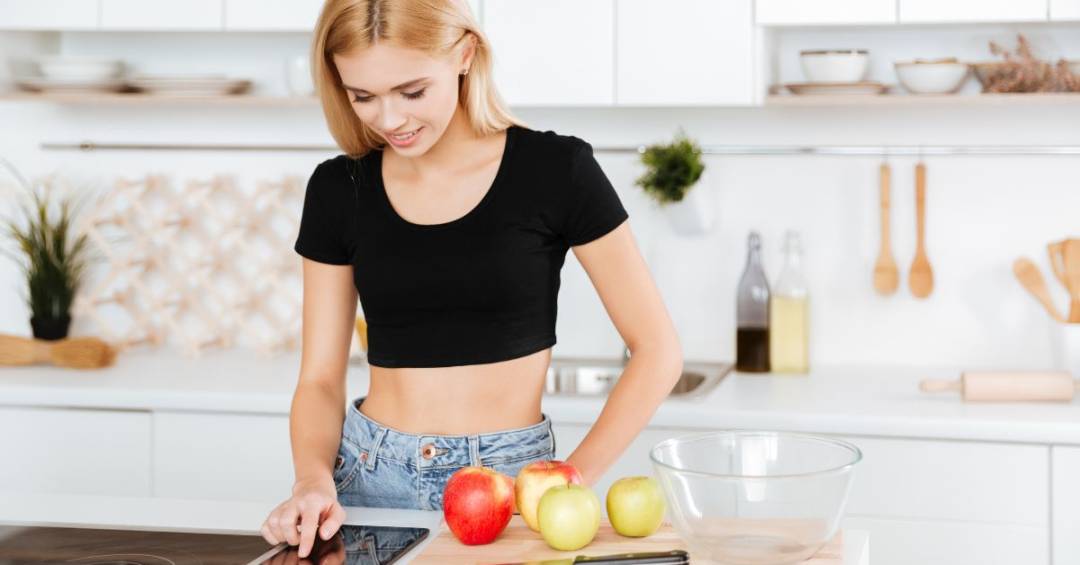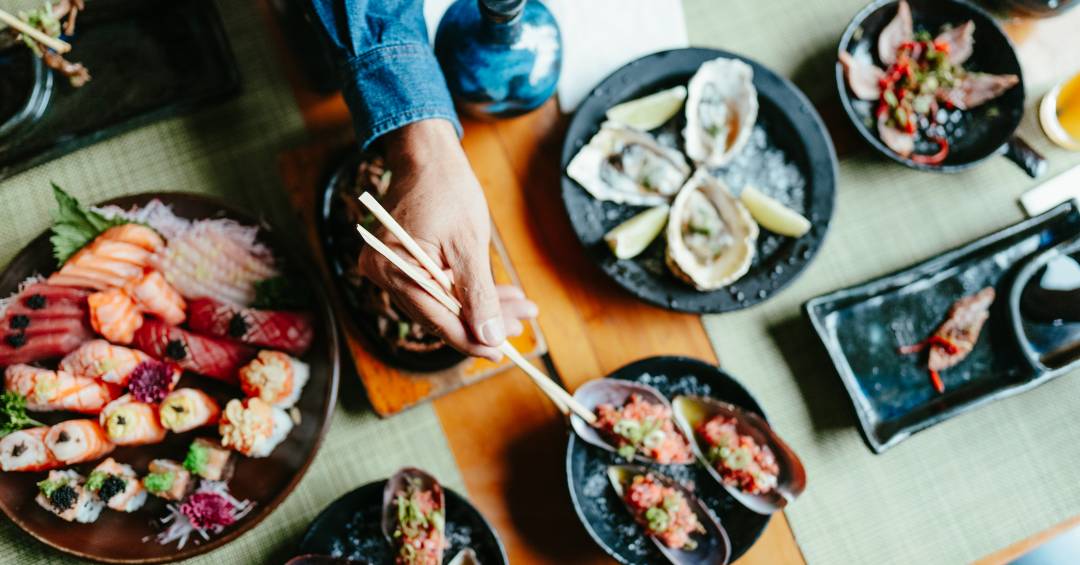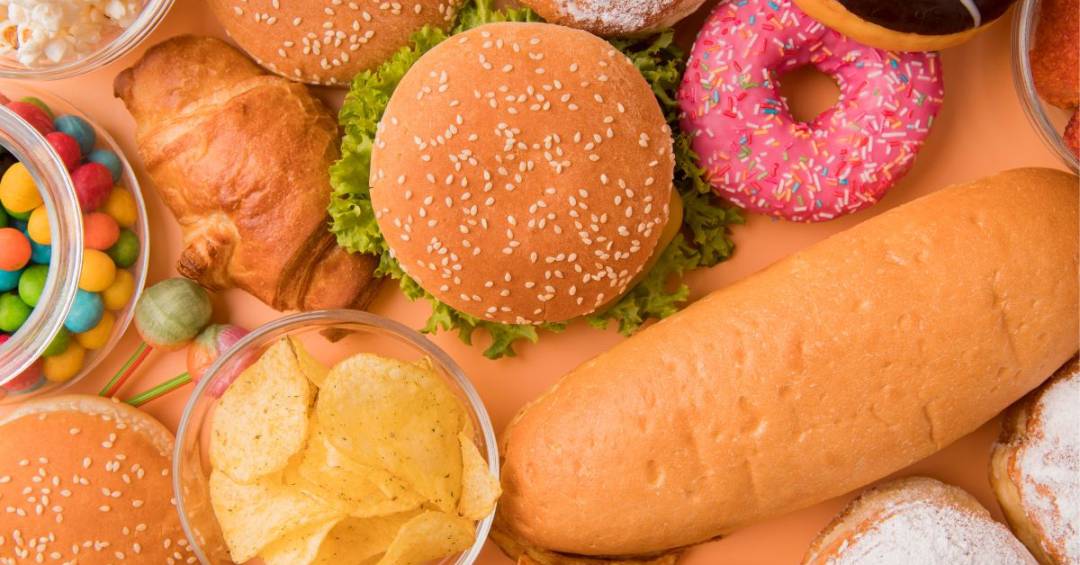
If you are following a diet developed by a nutritionist, you have probably already come across the portions you should eat. But now comes a challenge: How to measure these portions on a daily basis? Below, we have separated some tips that can help you!
How to measure portions?
1
Use measuring utensils
One of the best ways to measure portions is by using utensils such as measuring cups and spoons. Cups are good options for quantifying rice and beans, for example. Spoons can be useful when measuring liquids and smaller ingredients, including salt, sugar, olive oil and oil.
2
Have a kitchen scale
A kitchen scale It is one of the tools you can't do without if you want to accurately measure the portions your nutritionist has given you. It can help you find out how many grams there are in a chicken fillet, for example.
3
Read the labels
Generally, the labels of processed foods reveal how many servings are in the package, which helps you get an idea of how much you are consuming.
4
Follow the hand rule
Using only your hands, can you estimate portion sizes. Here are some examples:
- Carnes: approximately the size of the palm of your hand, not counting your fingers.
- Carbohydrates: a portion that fits into the closed fist of your hand.
- Salads and vegetables: a whole hand with fingers spread out.
- Fruits: a cupped hand.



